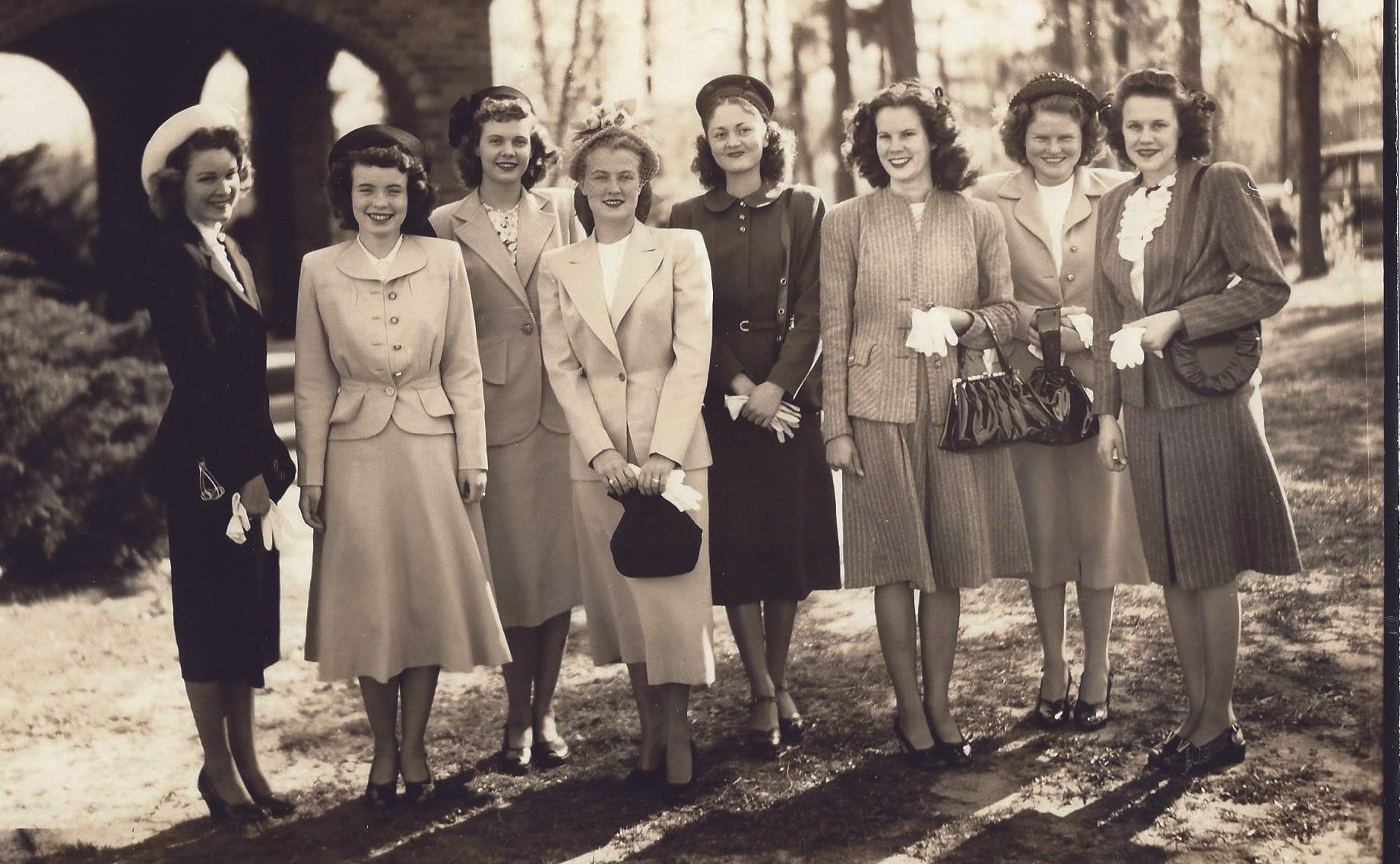Garden Spot of the World: The History of Strawberries in Cullman
Words by Trent Moore | Photos provided by Cullman County Museum
The birth of Cullman began with a siren’s song from founder Johann G. Cullmann to recruit farmers to his burgeoning city, calling it the “garden spot of the world.” He advertised cheap land, a fertile climate and fresh opportunity. Thankfully the call worked - and within just a few years farmers put down roots in Cullman and set to work figuring out what would grow best in this little pocket of North Alabama.
It didn’t take long to find one: strawberries. Local history shows the Kessler family was one of the first to introduce and plant strawberries, bringing down plants from Kentucky. Not long after the Kessler’s first few crops came to bear, other families such as the Rambows, Grobs, Evers and Goellers started experimenting with strawberries.
The local Hauk Ice House made it possible to ship Cullman strawberries by train as far as Cincinnati, Ohio, with a fresh crop loaded to the vented tops of freight cars, alongside ice to keep them fresh and cool for the trek.
As far back as 1898, The Cullman Tribune newspaper was reporting on local farmers shifting from more common cash crops to focus on strawberries, with harvest shipping out across the southeast. The price for a crate of strawberries back in those days? Just $1.25, with the farmer clearing just over 50 percent profit.
The paper went on to ask the question of 19th century Cullmanites: “What better profit can anyone desire than this, and why do people plant cotton and corn when berries pay so much better?”

Plenty of locals continued to heed the call, and by the 1930s, 1940s and 1950s, strawberries had become one of the key crops in the area and quickly became Cullman’s agricultural calling card. Buoyed by an unique sweetness due to the rich soil and temperature climate in Cullman, the local exports became a known commodity for their flavor. It was around that
time local farmers also leveraged their collective power to organize a growers’ association, which helped solidify Cullman’s place in the market.
Before long, local farmers and merchants set out to celebrate those red berries, with local records showing a Strawberry Jubilee and Spring Carnival dating all the way back to 1905. Billed as “the biggest week in the history of Cullman” at the time, the festivities included everything from a contest for the best decorated carriage to a queen’s contest pageant.
The more modern version of the Strawberry Festival, some longtime residents might remember kicked off in 1939 with a crowd of around 25,000 enjoying live music, strawberry-themed exhibits and even a grand ball. Within a few years, the event was one of the premiere agricultural festivals in the region, drawing attendees from across the country - with local officials even converting the city’s 150-foot water tower into a gigantic, illuminated strawberry making for one of the most impressive spectacles of the era.

The strawberry market, as well as the festival’s influence, waned in the early 1950s and the event eventually went on hiatus, but Cullman strawberries have remained a key piece of the local agricultural landscape. The Strawberry Festival made a much-hyped return in recent years, featuring live music, vendors - and of course - plenty of local strawberries to go around.
Join us for Strawberry Festival on Saturday, May 1! Visit cullmanstrawberryfest.com for a full schedule of events, and be sure to follow us on Facebook!




